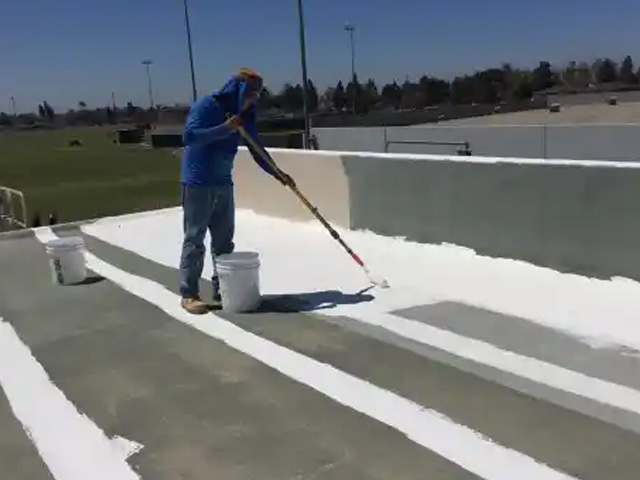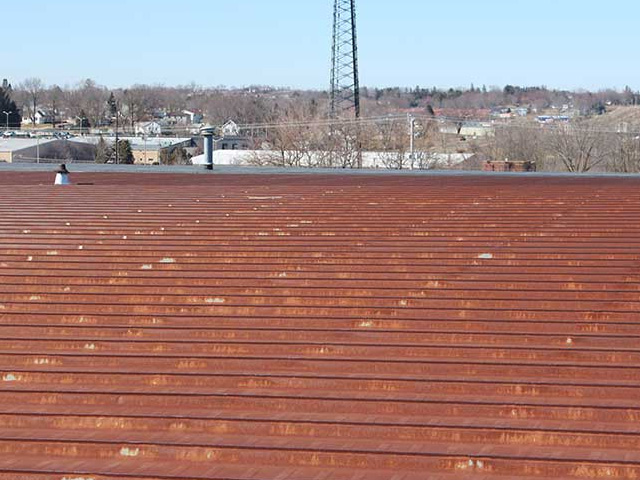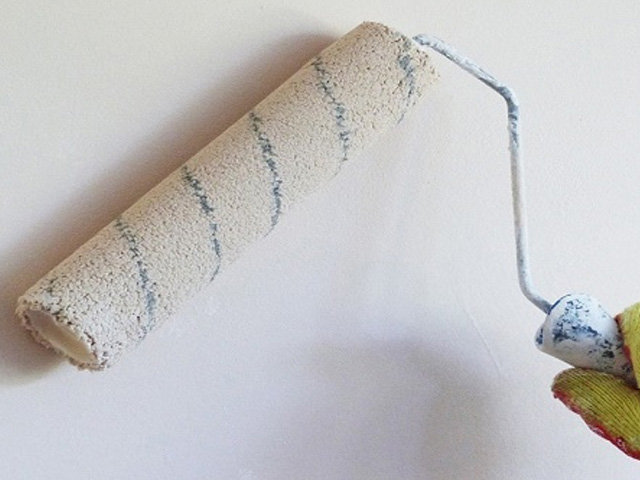Elastomeric roof coating is a liquid adhesive coating applied on flat roofs to eliminate the issues of cracks and crevices, along with maintaining a rubber-like solid surface to avoid water entrapment or water leakage from the roof coatings.
But are you familiar with elastomeric roof coating problems?
Elastomer is not just a single name; it comprises many Polymers that add their properties to the roof separately.
Elastomeric roof coating is divided into multiple types, each based on specific properties that provide moisture-resistant properties and maintain the even surface of the top.
But alongside do comes limitations. To know what problems occur with an elastomeric coating, stay till the end!
Elastomeric Roof Coating Problems
Elastomeric coatings are categorized based on polymer types and may come with some limitations, including limitations for roof types and cost; some types provide low water hold, while others are less UV resistant.
Besides that, the installation requires a highly expert to maintain a fixed coating layer with perfection.
These coats are solid and thick but also cause slipperiness upon getting wet. Go through the guide to know each problem in depth with a solution.
Elastomeric Coating Types
Elastomeric roof coatings are further classified based on the type of polymer, including;
- Silicon
- Acrylic
- Butyl
- Polyurethane
Among them, silicon and acrylic seem much more popular. Still, on the positive side, the roof coating has some negative consequences as not every roof is compatible with elastomeric coatings.

Elastomeric Roof Coating Problems Based on Types- Negative Aspects
You might have undergone various positive aspects of elastomeric roof coating, and yes, they are worthy. Still, they have some limitations, which you must count before opting for the layers.
Limitation to Roof Types
If you take the example of silicon roof coating and many others, they aren’t compatible with pitched roofs.
They seem limited to flat roofs, so users opting for elastomeric coating for pitched roofs should avoid using it.
Low Water Hold
The other negative consequences of the elastomeric coating, especially for the acrylics, include the poor water-holding capability.
These types of elastomeric paints are water-based and cannot avoid standing water, resulting in water, so try using a different kind of elastomeric coating.
So, in that case, we suggest silicone coatings that prevent water ponding.
Variable UV Resistivity among Types
Elastomeric coatings show variable UV resistance; if you take the example of silicon, it is far better than acrylics because they do not cause negative consequences like breaking down or getting brittle like that of acrylic.

So, if you live in an area with more sunny days, you must prefer silicon coating rather than acrylic.
Cost
Based on cost, you would find the silicone elastomeric coating a bit more expensive than the other types, and the installation cost is 02$ to 3.5 per square foot, while for acrylic paint, you would only cost about a dollar or 50 Cents.
Difficult to Install
Elastomeric coatings seem a hassle when installed, especially the Silicon ones because they are difficult to install because of their thick consistency and robust nature.
An improper installation would cost you more and becomes a hassle-free task. So, be careful while applying the elastomeric coating.
Slippery Nature
As far as the nature of elastomeric coatings is concerned, they are plastic and rubber.
Still, it becomes slippery upon getting wet, and there are chances that a user can slip when walking through the roof coated with the elastomeric silicone coating. Hence, in this way, it is unfit for heavy foot traffic.
Conclusion
The world revolutionizes with each invention, and despite specific cons, you also get limitations, which is essential to get the most out of the product.
It is like requiring coating for a pitched roof, and you just heard that elastomeric are best, but Elastomeric Roof Coating Problems include that they are compatible.
Only a flat roof could cost you in vain. So, always go through all aspects before purchasing a roof coating.

Arthur is a skilled roof worker with over 10 years of experience in the industry. He started his career as an apprentice and worked his way up to become a foreman.
When he’s not working on roofs, John enjoys with his family or writing posts. He is also a passionate cyclist.

